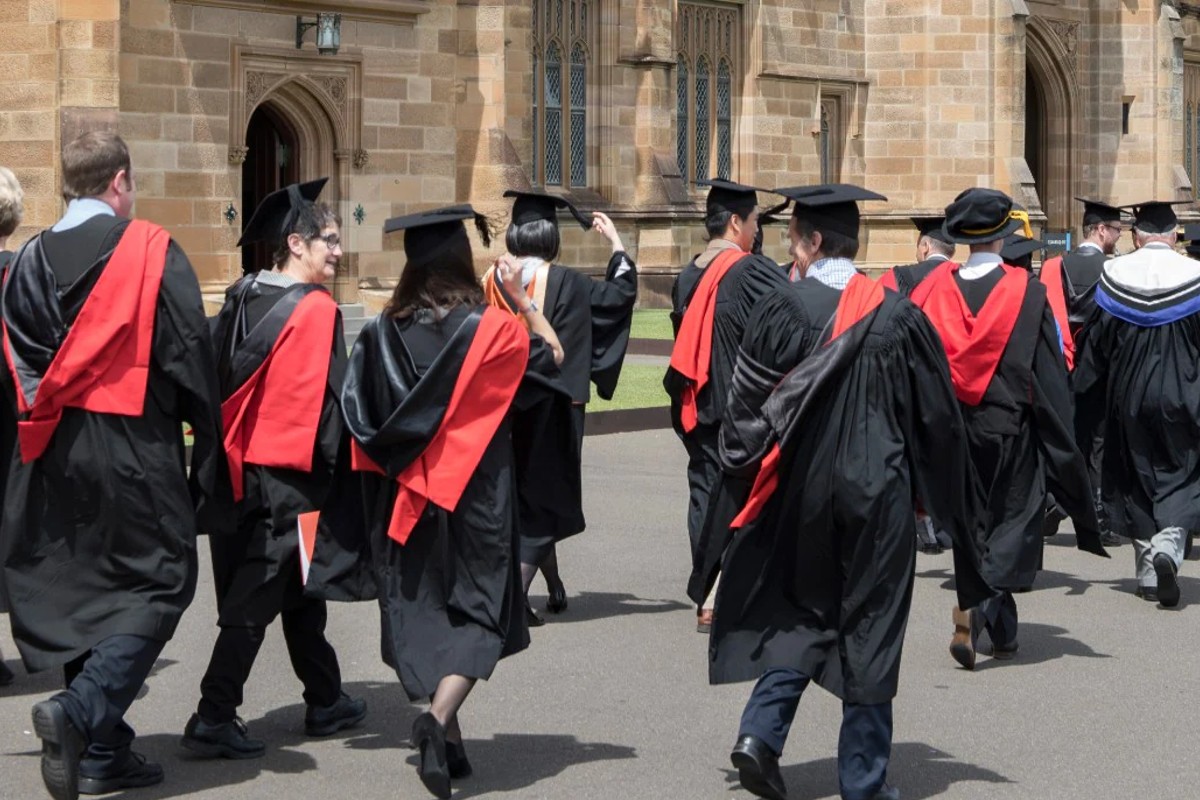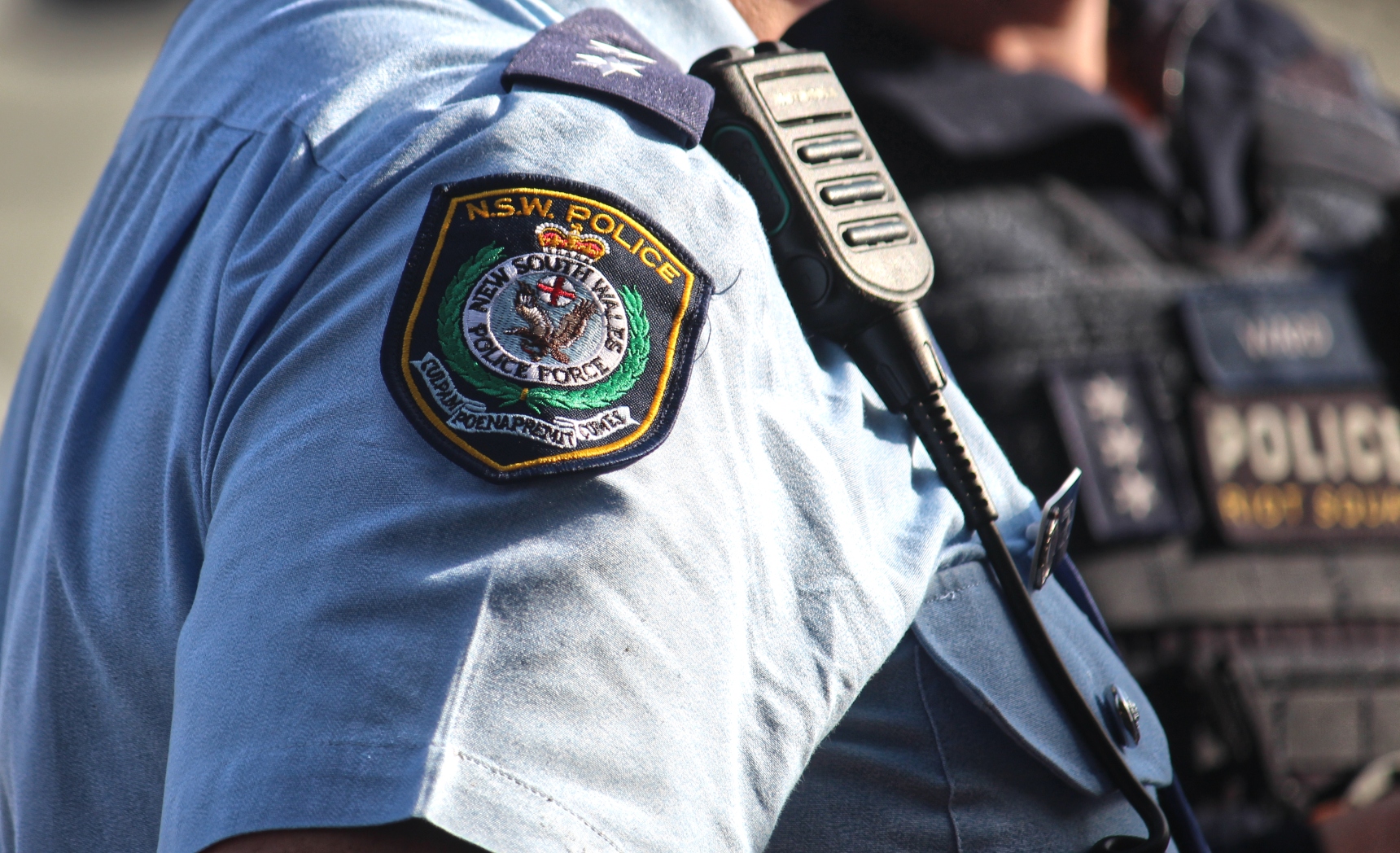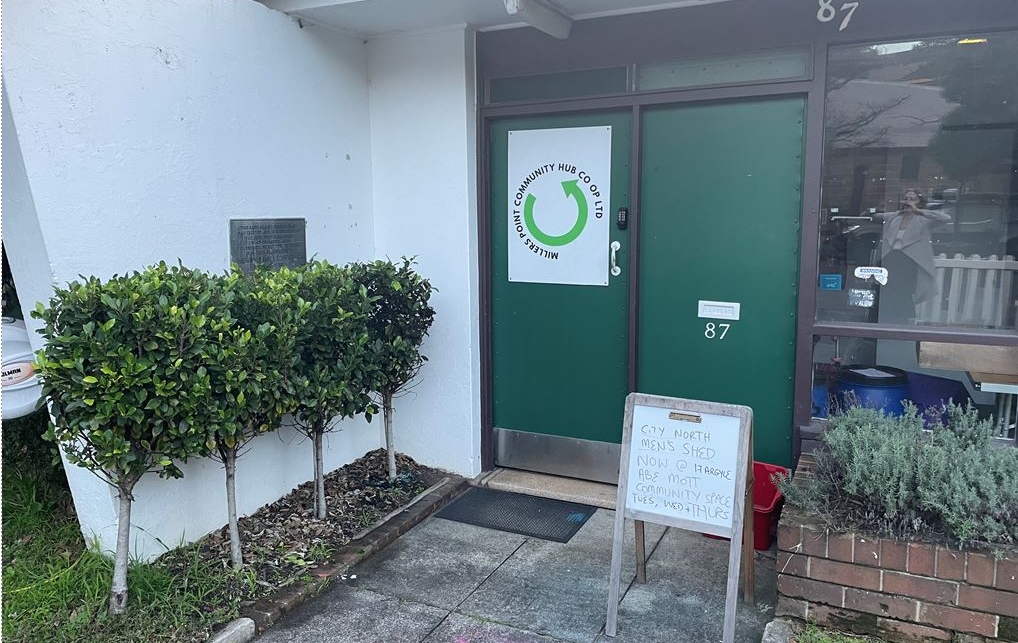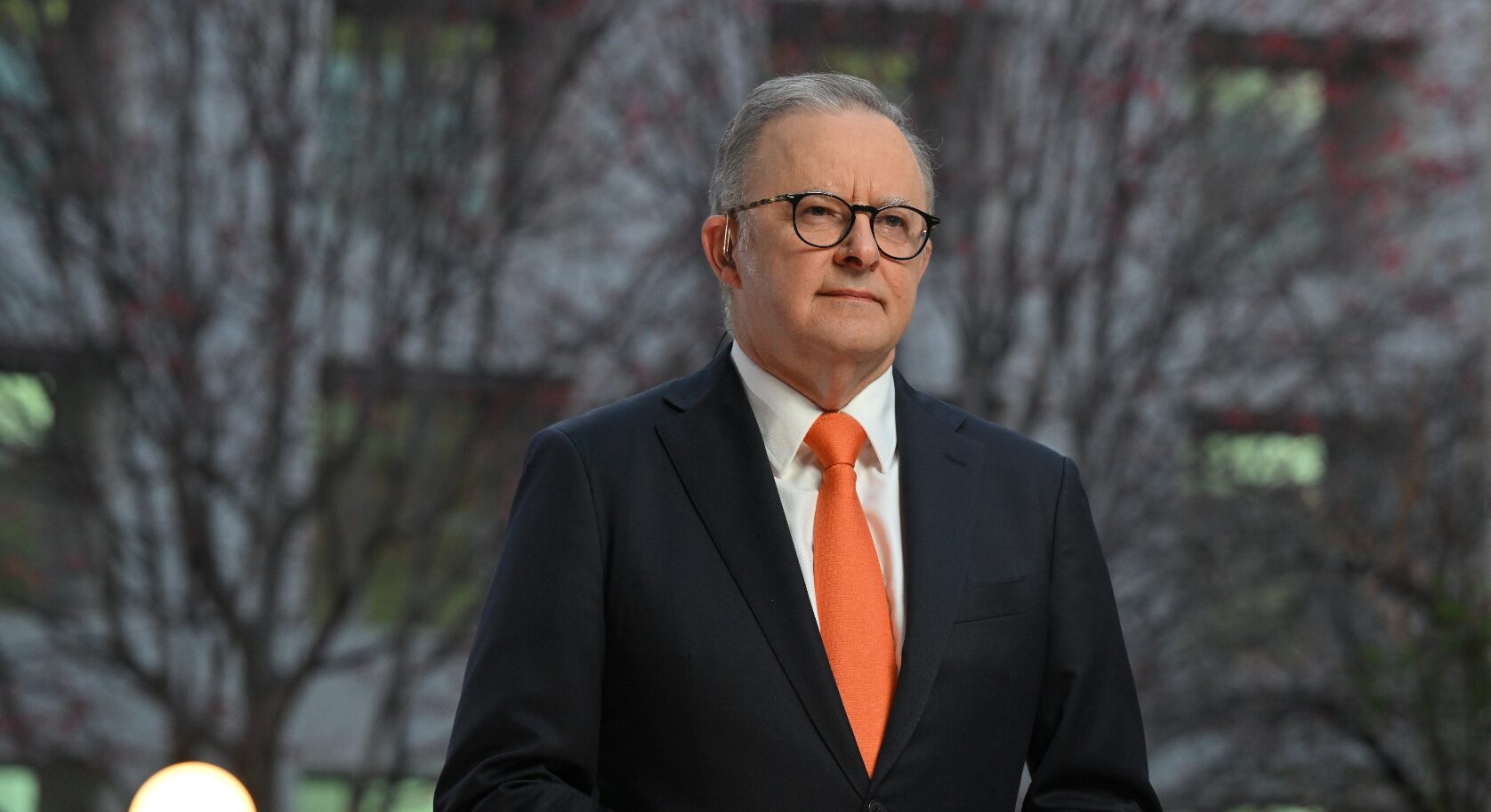

Image: Photo: University of Sydney.
By CHRISTINE LAI
University students across Australia are set to be hit with the highest increase to student loan indexation in a decade, which will send thousands into incurring a growing debt burden and exacerbate the current financial hardship they face amidst the cost-of-living crisis.
While there is no interest charged on student loans, HECS or HELP loans are indexed to inflation. Every year the debts are adjusted and added to the loan amount on June 1.
This year, those with HECS-HELP loans can expect to see their amount owed increase by 7 per cent following the indexation to inflation in two months’ time.
According to modelling developed by the Parliamentary Library, released by Greens Senator Mehreen Faruqi, the most conservative scenario which uses the growth rate of the December quarter 2021 (1.34 per cent), indicates indexation would rise by 7.06 per cent. This would cost students with an average debt an increase of $1,748.99.
Growing Pains as student loan debt rises
The National Union of Students (NUS) provided a submission to the Senate Education and Employment Committees raising the issue of student debt, stating that in 2023, “young university graduates will be the worst affected by the largest increase in student debt indexation in decades”.
The NUS reported that due to the cost price index (CPI) reaching 7.8 per cent in December last year, the average HECS loan is estimated to rise by $2900 (13 per cent) over the next two years.
A graduate on an entry level salary of $60 000 will pay around 2.5 per cent of their salary ($1500 in 2023 as a HECS repayment). However, these repayments will be “completely wiped out by inflation” and see the Federal Government “profiting $670 (2.9%) next year on the average loan, while graduates on low incomes are hit with cost-of-living increases”, according to the submission by the NUS.
USyd Education Officer Yasmine Johnson decried the ballooning inflation that was adding pressure to students’ abilities to afford their day-to-day expenses, “Young people are facing intense pressure as a result of the rising cost of living in Australia. The cost of basic necessities like rent has gone through the roof, and uni graduates are now seeing their HECS debt rise rapidly as a result of inflation”.
“Education should be a right, not a debt sentence. Graduates shouldn’t be seeing their debt increase at all – in fact, they shouldn’t be in debt in the first place,” Johnson said.
One student from UTS stated that they were “immensely grateful” for the chance to have paid off their HECS this year, to offset their debt against the climbing inflation that other university students will be forced to endure in the coming financial year.
“I never used to pay any attention to my HECS in previous years because inflation was much lower. If I hadn’t paid out my HECS this year I would’ve had thousands added to my student debt, so paying it out felt like a no brainer even though it was really sad seeing my savings dwindle”, they said.
The submission into Education and Other Legislation Amendment (Abolishing Indexation and Raising the Minimum Repayment Income for Education and Training Loans) Bill 2022 is part of a wider demand of the overhaul of the ballooning inflation and end to the indexation to the HECS-HELP loan to reduce the burden students have in paying off their loans.
The compulsory repayment threshold for the 2022-2023 income year will be $48,361. The HECS-HELP loan payment is set at 10 per cent for those in the higher income bracket earning over $141,848, however the indexation remains the same rate for everyone.
Calls to scrap indexation and student debt










